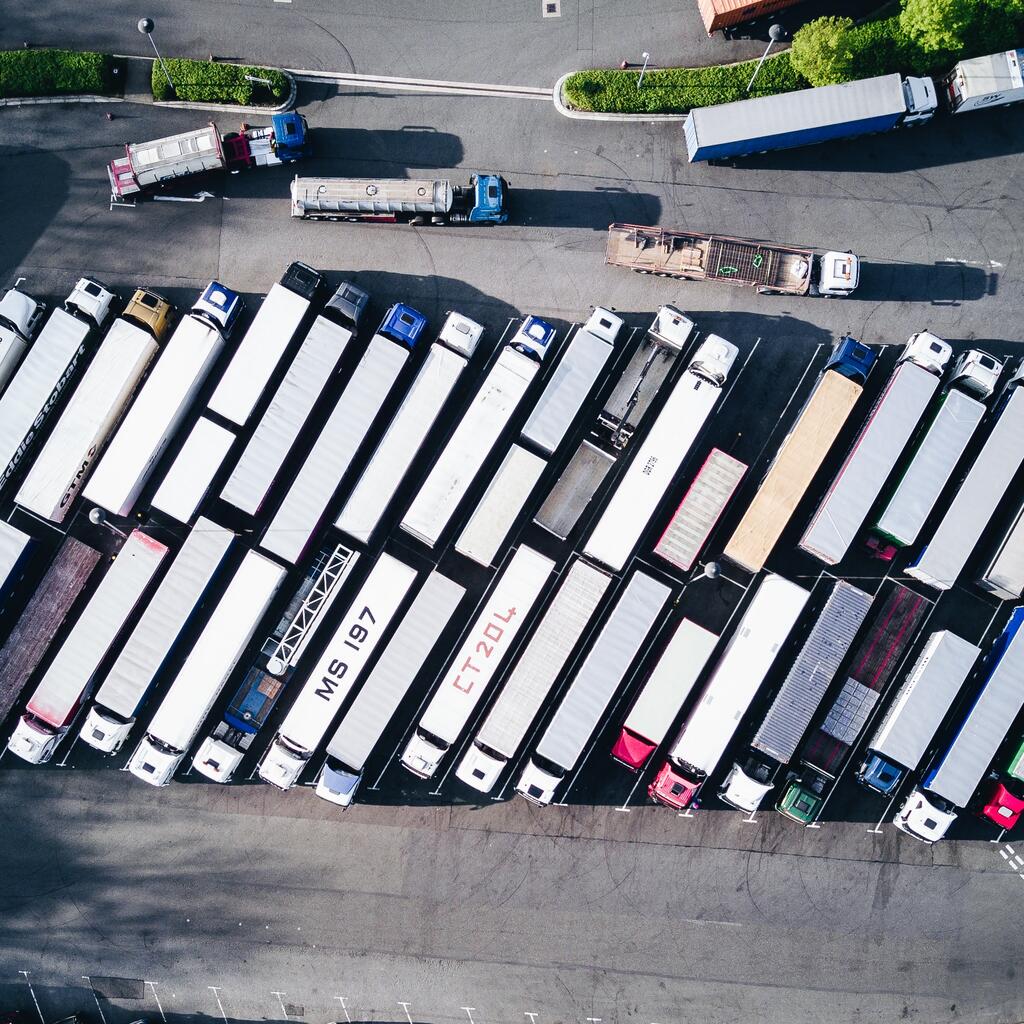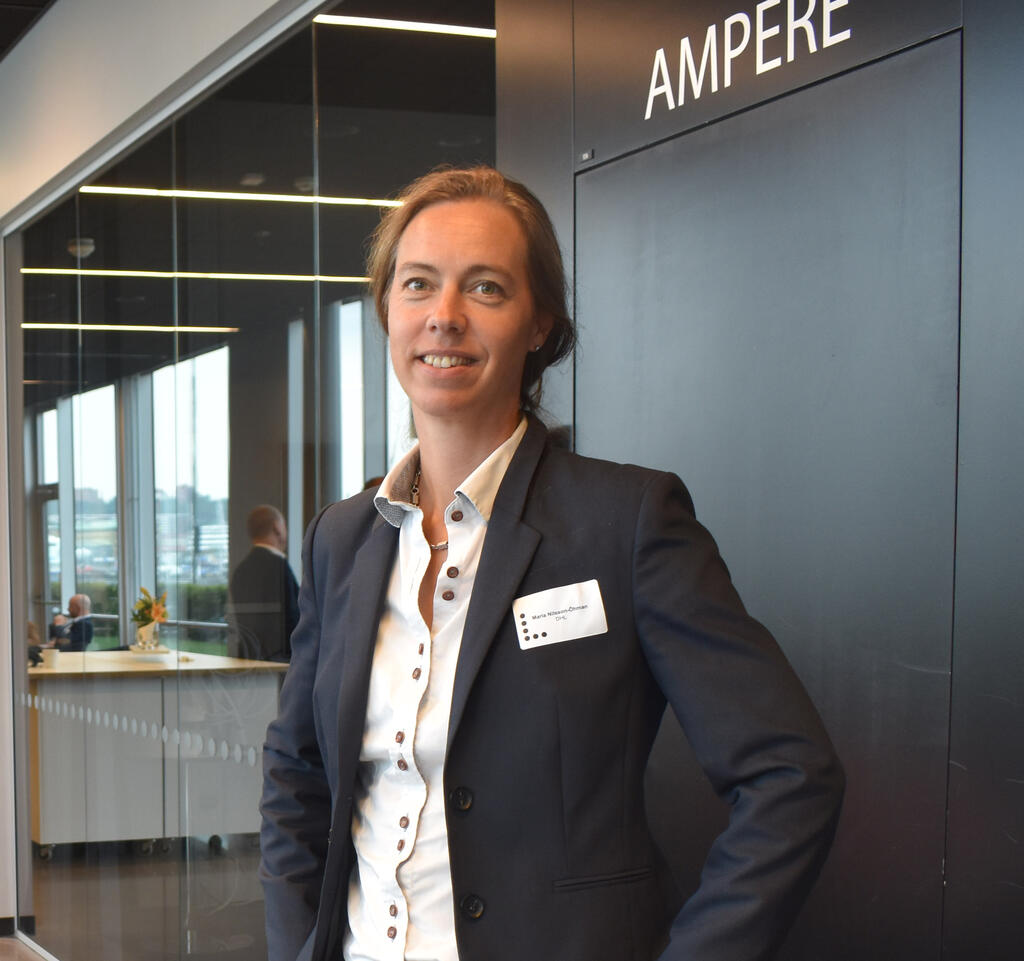The Industry is Ready to Run HCT
There are countless initiatives to increase societal sustainability and there are numerous solutions within the transport sector that are ready to be put into operation. High Capacity Transports (HCT) is an area that is basically ready to roll out. But it is quite there just yet. But what is necessary and what potential does HCT offer?

To put it simply, HCT was developed to increase the amount of freight that can be transported in a shipment. During the Annual Nordic HCT Conference, we learned more about it, which advancements have been made and what is needed in order to scale up. And, of course, the advantages of large-scale HCT were emphasised.
"Experience has shown us that HCT leads to reduced emissions per transported ton", says Hanna Melander, Quality and Environmental Manager at Schenker, who also pointed out many of the advantages of a lower number of lorries on the roads and the resulting improvements in increased safety during her presentation.
According to tests and calculations, HCT can reduce carbon dioxide emissions for shipments by up to 20 per cent based on development and technology. What is important is the proportion of shipments that can utilise HCT innovations.
"We see potential on the network level. A specific vehicle can reduce emissions by 30 per cent, but they are not always cost-effective, because there isn't always that much cargo. If we introduce HCT in specific parts of our TBO network, total carbon dioxide emissions would be reduced by six to eight per cent," says Marial Nilsson Öhman, Sustainability Manager at DHL Freight.
Overview Important for Technical Innovation
But the magnitude of potential CO2 reductions depends on which technology is used. And we have come far on the technology side. Maria Nilsson Öhman and Hanna Melander can provide many examples, such as dual trailers, various types of biofuel and, not lastly, electrification. For the latter, however, there is a need for new infrastructure to deliver electricity.
Patrik Klintbom, senior researcher at RISE and Technology Research Director within the Triple F programme, also thinks that there are many new technologies that are good, but stresses that we should continue to aim high.
"If the solutions are going to be as efficient as possible, we have to look at what timetable we are dealing with and what type of system limits we define. We have to be able to take the small steps without losing track of the bigger steps over a longer course of time, manage to juggle many things at once and develop together," says Patrik Klintbom.
Several Advantages with some Obstacles
HCT offers a host of advantages for freight carriers and transport vehicles. As indicated earlier, the sustainability gains are sizeable and shipments with a higher capacity also mean fewer shipments, which saves money. However, it is essential to first identify and approve important routes for HCT and nowhere near all of the roads are ready for it.
Right now, there are numerous participants waiting in the starting blocks who are ready to get started.
"There is a certain frustration that it is taking so long. Many people have reached the same conclusion - that this is a good way to go. But it will take time until it becomes a reality and we don't have time," says Hanna Melander.
DHL is also impatient to move forward.
"It's pure politics now. The vehicle manufacturers are ready, the roads have been identified and we are ready to go. But the application processes are arduous and we have to wait on political decisions that may not come," says Maria Nilsson Öhman, who also emphasises that the railway's complementary function and potential should also be incorporated into the planning within HCT.
The Way Forward
In order for companies to be able to get out of the starting blocks, there has to be, among other things, a green light to operate longer and heavier vehicles on identified roads. The Swedish Transport Administration has already studied the effects of longer vehicles and recommends that the government permits them. If longer and heavier vehicles were approved, it would be an opportunity for companies to gear up. Ideas about what this would entail and how decision-making channels can be developed and made more effective are already under way.
"Sometimes there are conflicts when there are different policies have differing objectives. Some develop more quickly than others and it can easily become frustrating when we have technology that we can't use. So, in order for it to work as well as possible, it is important that the regulations and long-term policy work are closely aligned with the innovation. And it must also be internationally viable," says Patrik Klintbom.
And the international perspective, in particular, is important to remember
"If a decision comes along that opens things up, then there is potential to reduce carbon dioxide emissions by a few per cent in Sweden. But on a European level, there is great potential! If we can just open up for our weights and lengths in Europe, there is enormous potential for the climate," says Maria Nilsson Öhman.
The fact that there is great potential in regard to HCT in the Nordic countries is obvious from the presentations of Vesa Männistö of the Finnish Transport Infrastructure Agency, Elin Norby of the Norwegian Public Roads Administration, Martin Frimann Mortensen of the Danish Road Directorate and Kenneth Natanaelsson of the Swedish Transport Administration.



